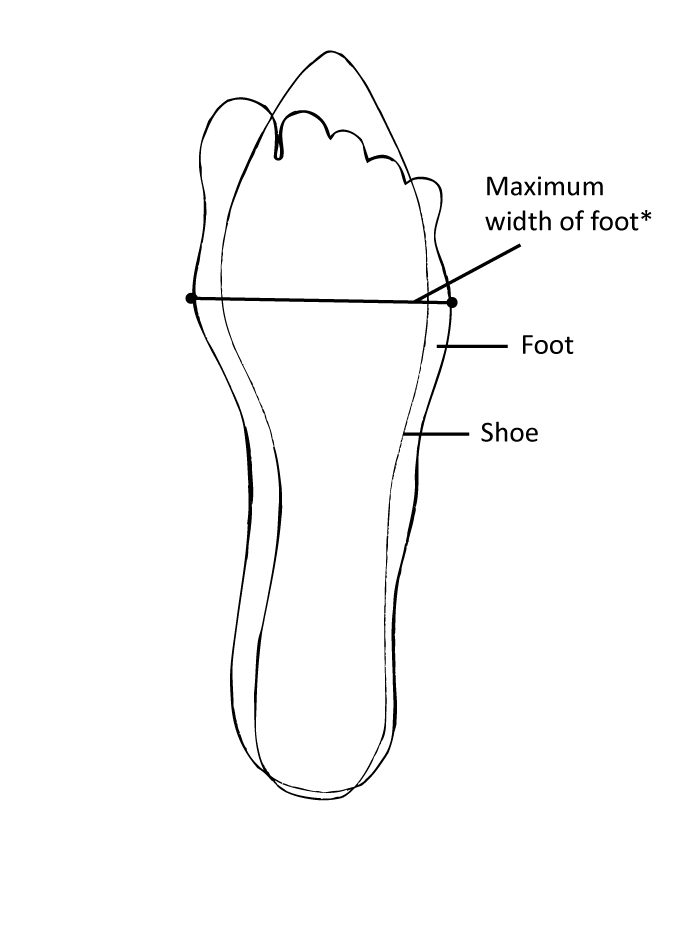- Home
- Education
- Patient Education
- Educational Materials
- Women's Shoes and Painful Feet
Women's Shoes and Painful Feet:
Finding Shoes that Fit
Shoes, although certainly protective, have been blamed as a principal cause of forefoot problems currently observed in women. These problems: hammertoes, bunions, Tailor’s bunions, and corns, are mainly a result of improper design and fitting of shoes. Also, many women try to wear the same shoe size as they get older.
Although foot size tends to increase after age 20, evidence indicates that most women have not had their feet measured in more than 5 years. As a result, women wear shoes that are smaller than their feet, contributing to significant foot pain and deformity. As foot length increases, forefoot width also appears to increase but heel width does not change significantly. To avoid painful and deformity causing constriction of the forefoot, women with longer feet may therefore need a shoe with a combination last, which has disproportionate forefoot and hindfoot widths.
Tips for finding shoes that fit:
- Fit shoes while standing at the end of the day, when feet are largest.
- Make certain that the foot does not bulge over the welt (the strip of leather or other material that joins the upper with the outer sole).
- The toes should have room to extend, and the toe box should be ample. The end of the longest toe of the biggest foot should be within 1/2 inch (a fingerbreadth) of the end of the toe box.
- The forefoot should not feel tight in the shoe. The heel counter should grip the heel relatively snugly. Women who have a large discrepancy between forefoot width and heel width require a combination last (i.e. narrow heel and wide forefoot) to ensure accurate fit.
- Whenever possible, you should purchase shoes made of soft leather or suede, and should avoid shoes made of patent leather or synthetic material that have no “give”.
- Shoes should fit comfortably at the time of purchase, and should not be bought with the expectation that they will stretch to fit. There should be no “break-in” period for shoes.
- If necessary, discrepancies between the foot size and shoe fit can be corrected with shoe inserts provided by a trained shoe technician or pedorthist. It is far preferable, however, for you to be well informed and to purchase shoes that fit correctly.
- You should select shoes that accommodate foot length and provide ample space in the toe box.
Forefoot Test
Place your shoe over a tracing of your bare foot (weight-bearing). If your shoe is more than 1/4 inch narrower than the outline of your foot, your shoe is not fit properly.
To find a shoe with the appropriate width for your foot, measure the maximum width of your foot as shown in the drawing below, then be sure and take this measurement with you to the store when you purchase your next pair of shoes.

Resource:
Frey, Carol: Pain and Deformity in Women’s Feet. The Journal of Musculoskeletal Medicine. Vol. 12, No. 9:27-32, Sept. 1995
Learn more:
Foot and Ankle Orthopaedic Surgeons
Plantar Fasciitis
Choosing the Correct Footwear
Patient Education